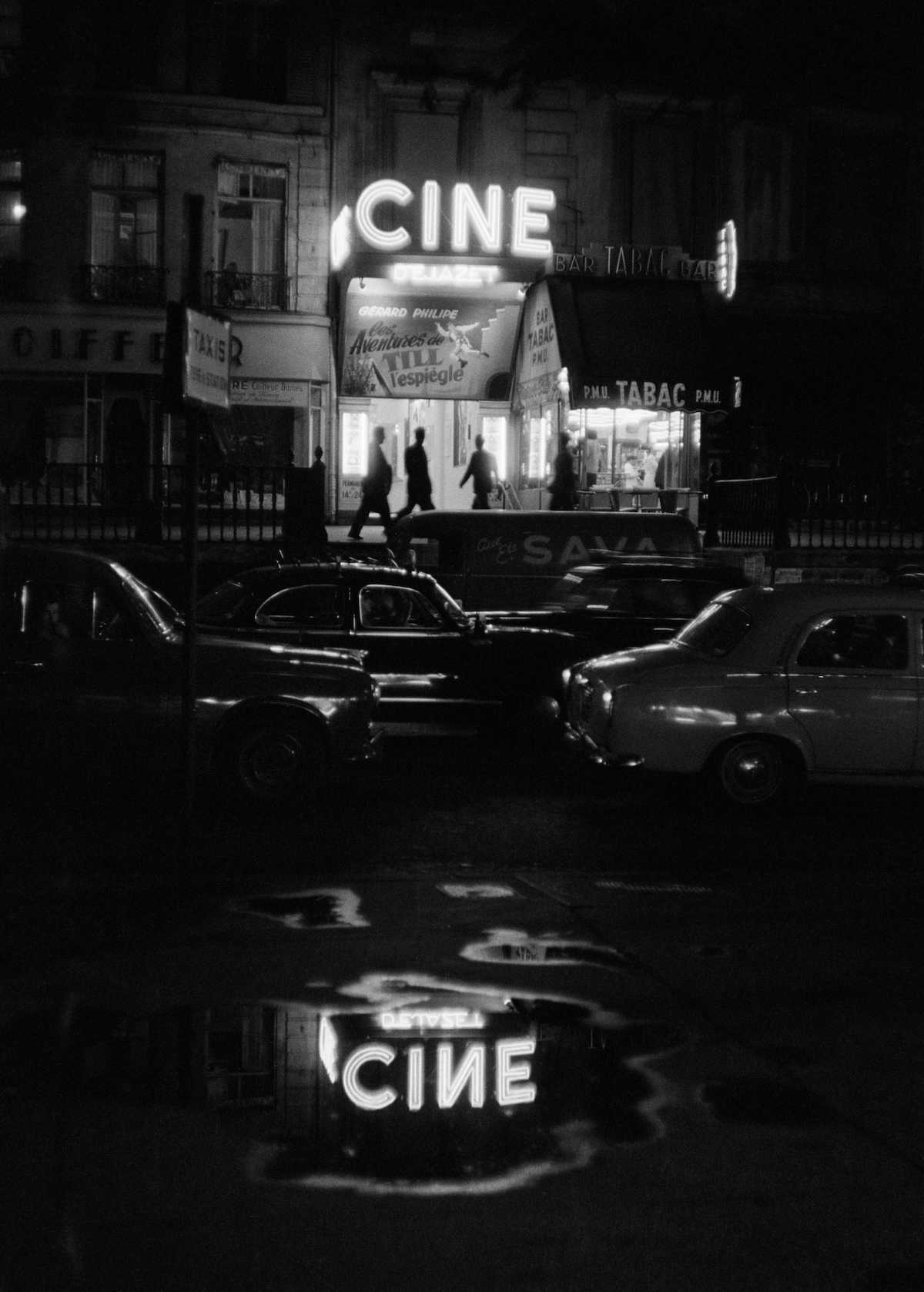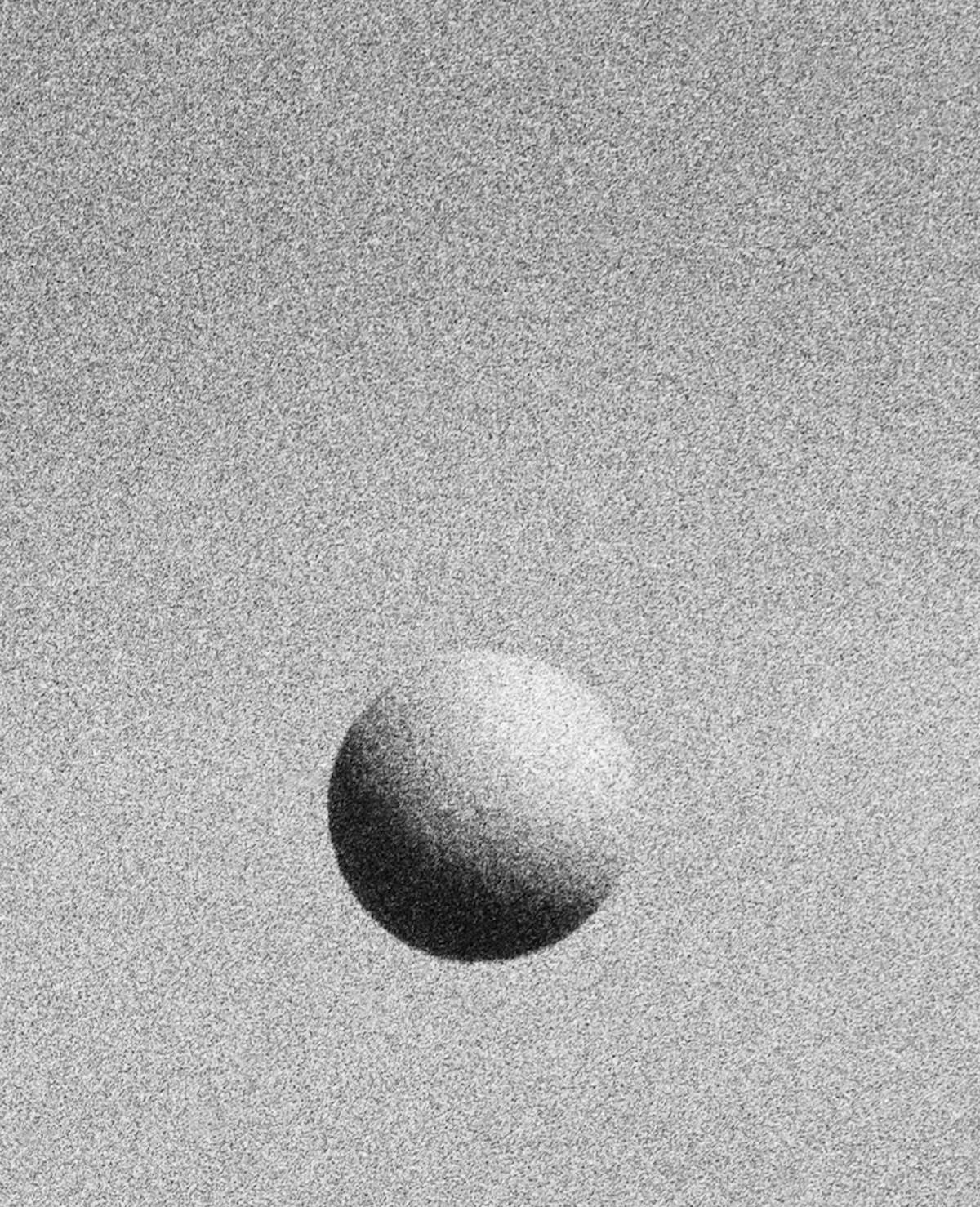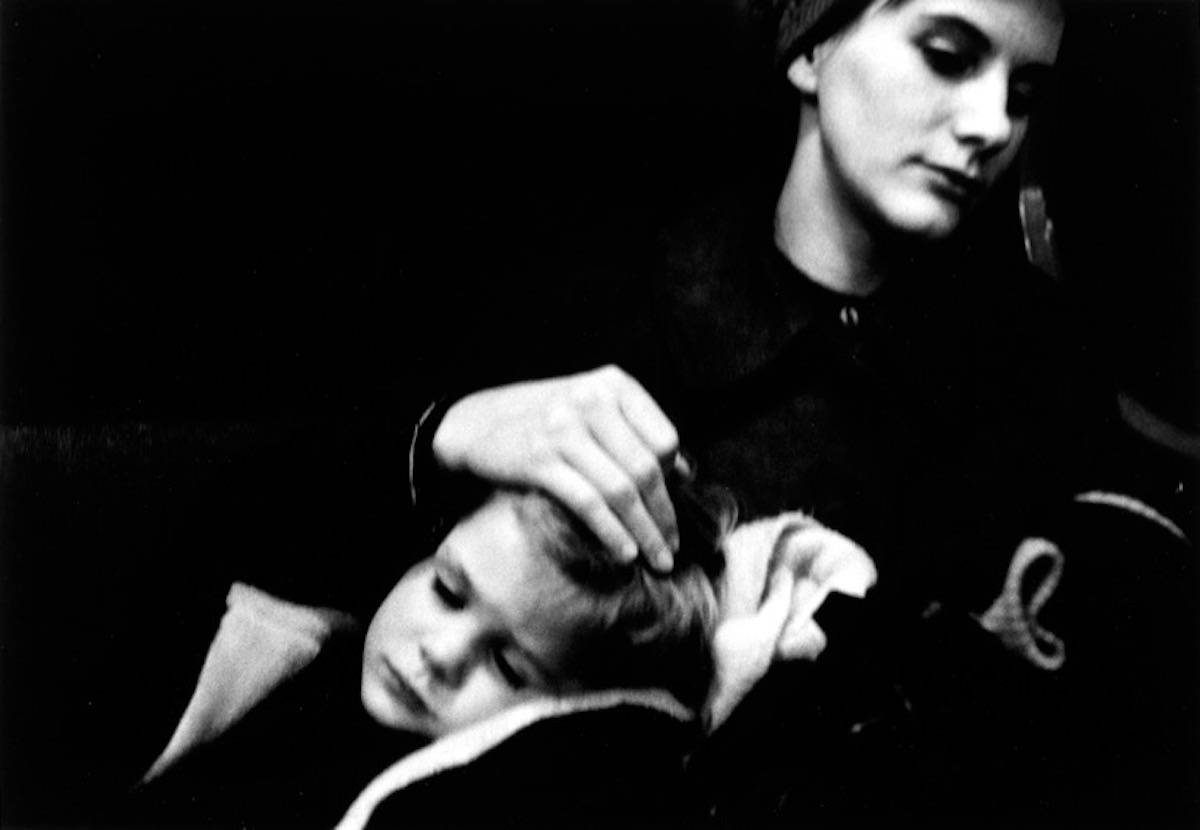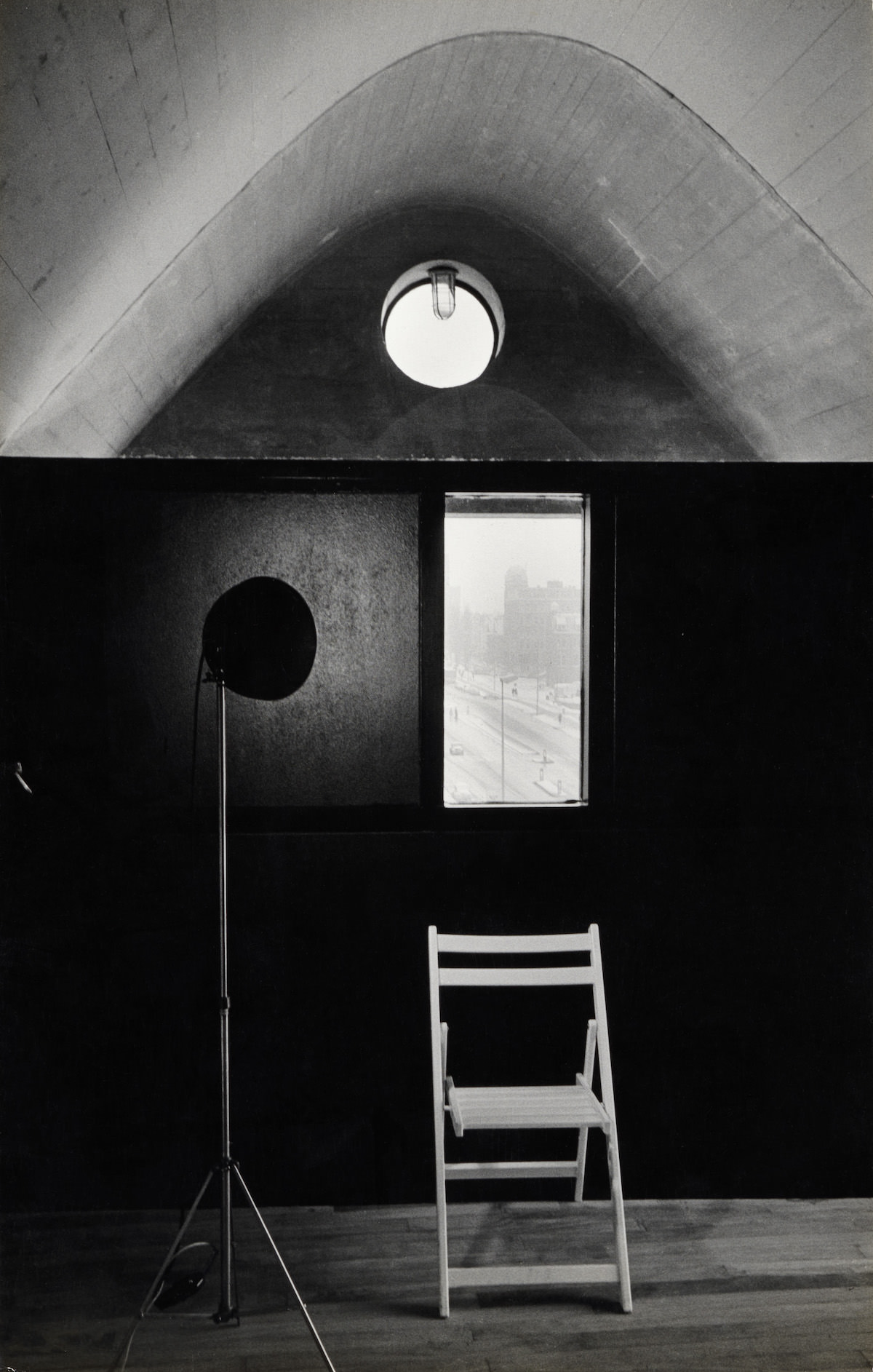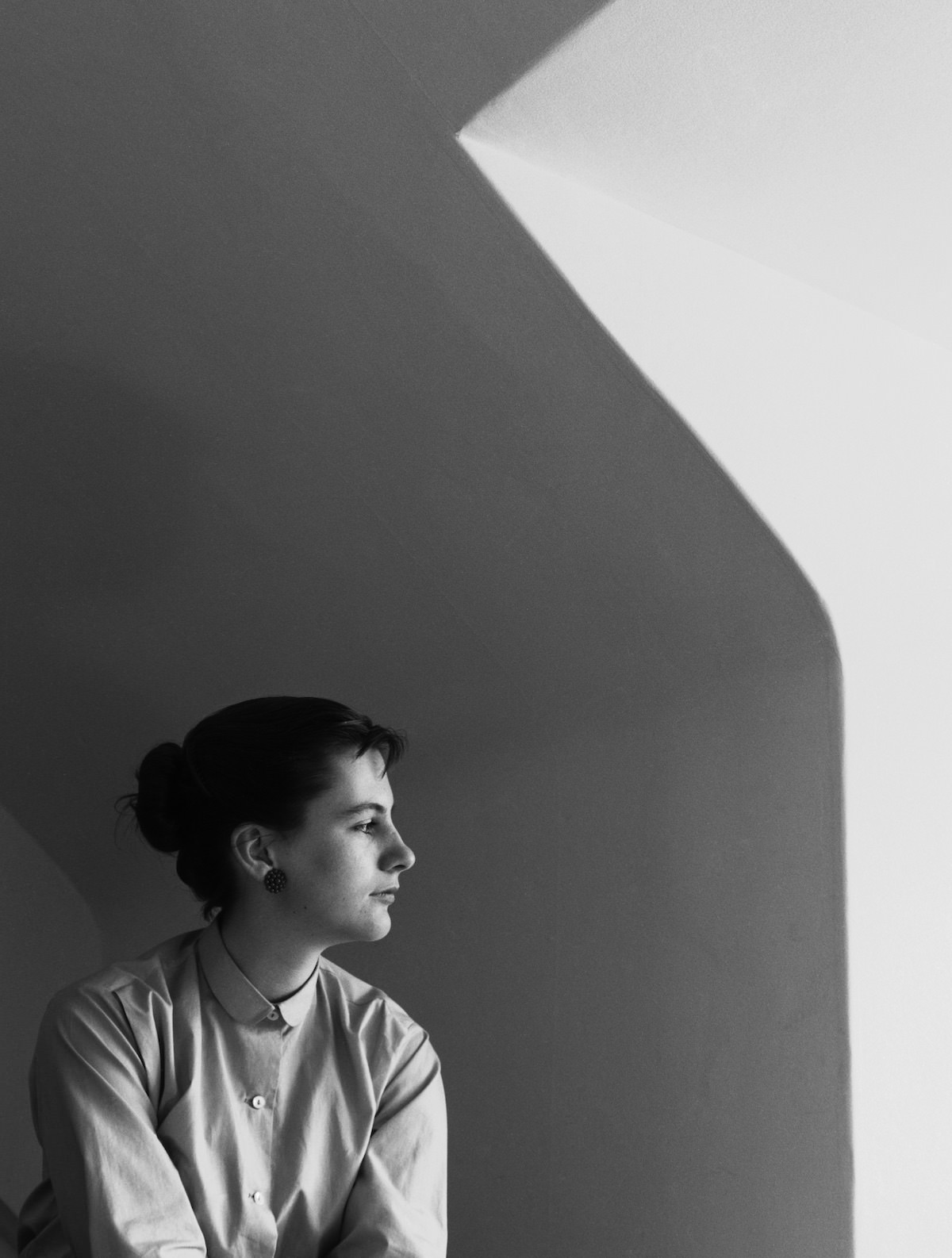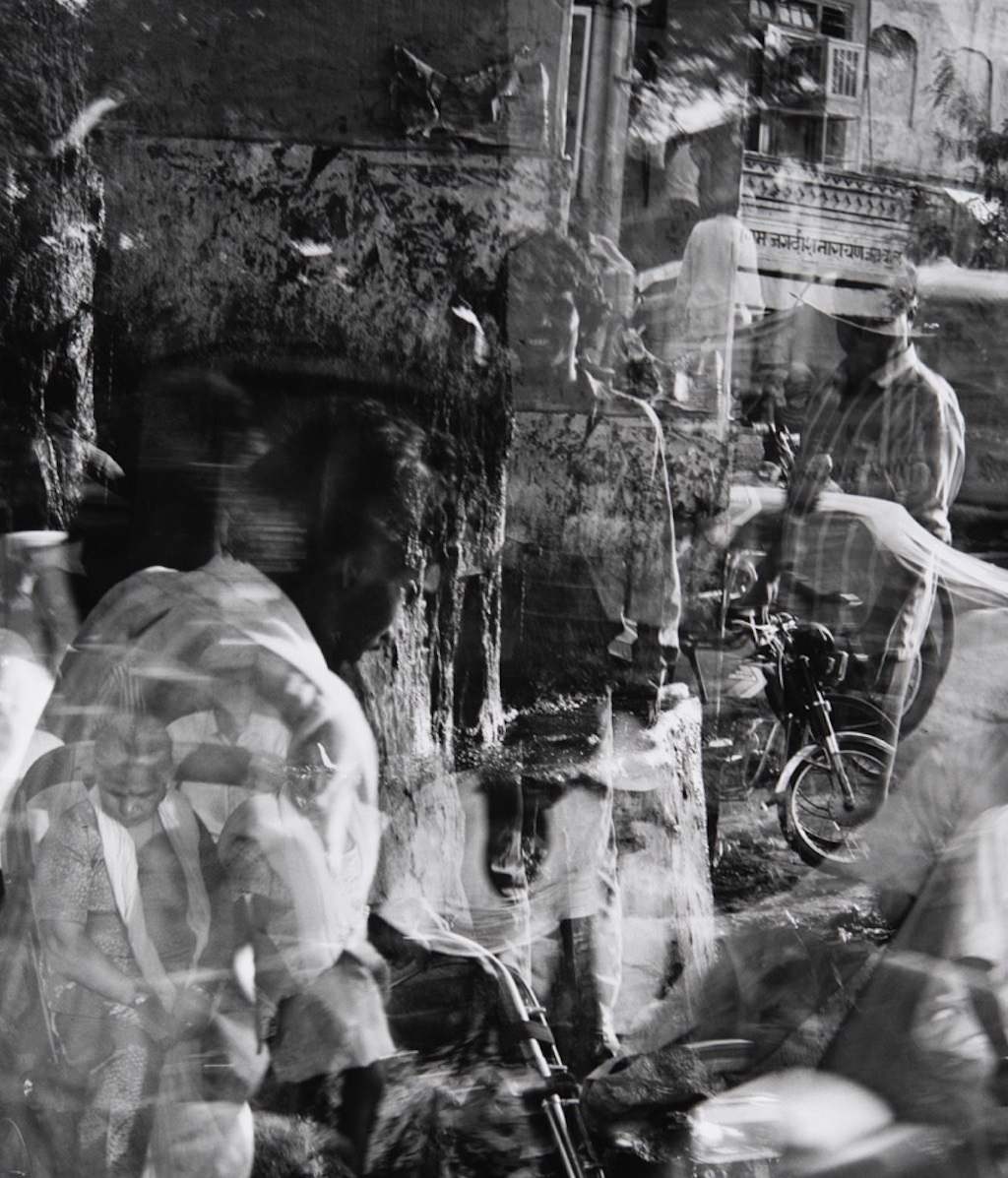Johan van der Keuken wasn’t your typical documentary filmmaker. He didn’t just want to tell you a story; he wanted you to see, to feel, and to question the world around you. Through his films and photographs, he explored the messiness and beauty of life, challenging the idea that documentaries should present a single, polished truth.
Born in Amsterdam in 1938, van der Keuken picked up a camera at a young age. By 17, he had already published his first photo book, “We Are Seventeen,” marking the beginning of a lifelong journey documenting society’s complexities. He was particularly drawn to those living on the fringes – the outsiders, the disabled, and those grappling with cultural issues
Van der Keuken saw limitations in traditional documentaries and news media. He felt they often presented a simplified version of reality, stripping away context and complexity. He believed viewers deserved more than just a polished narrative; they deserved to understand the filmmaker’s journey, the doubts and uncertainties that shaped their perspective.
In a 1978 interview, van der Keuken explained his approach. He acknowledged that films, like any finished product, only showcase the strongest moments, the highlights of a long process. But he wanted to go further, to reveal the “whole itinerary” – the doubts, the missteps, the moments of vulnerability that often get left on the cutting room floor.
He recognized that audiences often crave certainty, a clear-cut message. But for van der Keuken, embracing uncertainty was crucial. He wanted viewers to see his point of view while also recognizing that it was just that – a point of view, not the absolute truth.


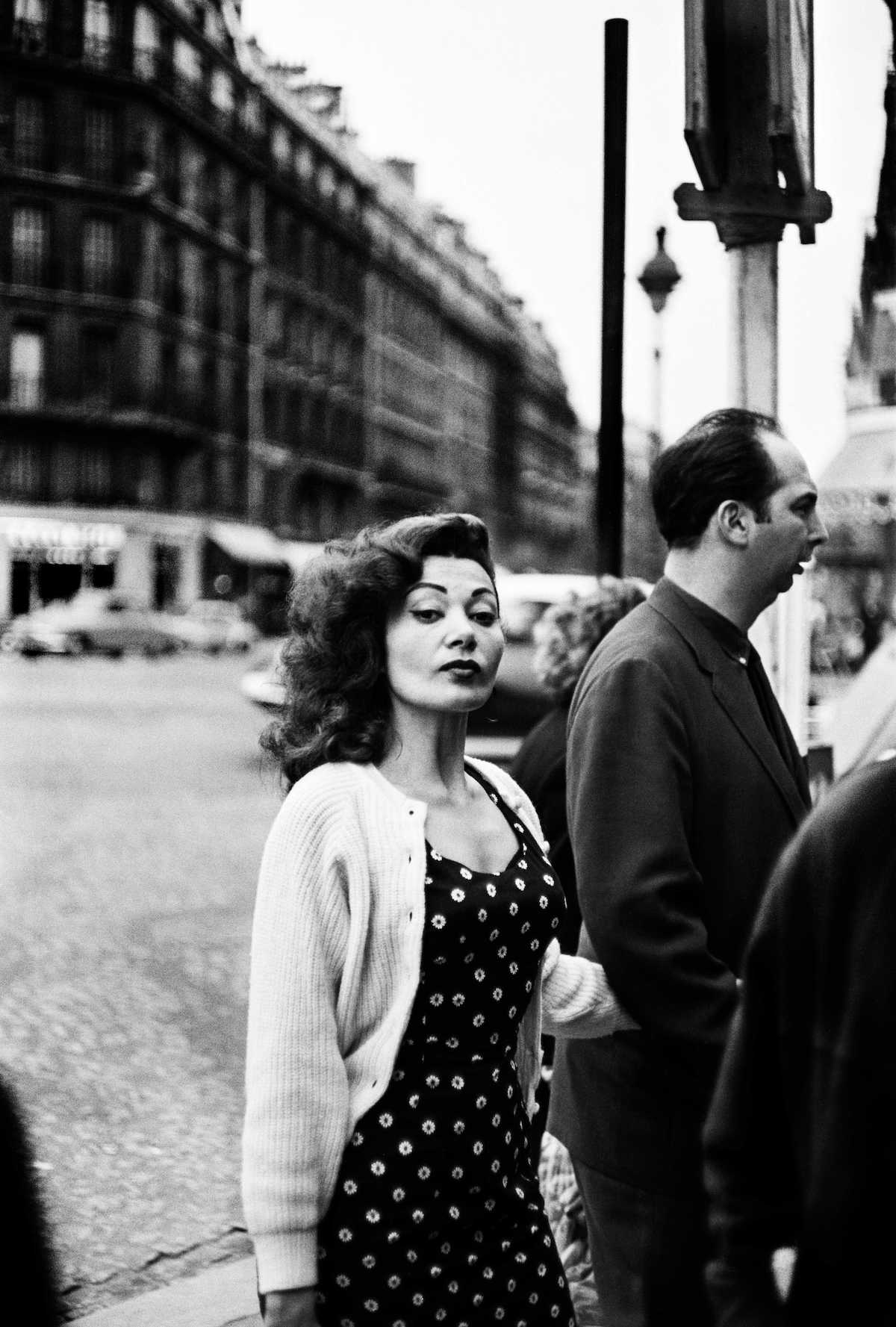
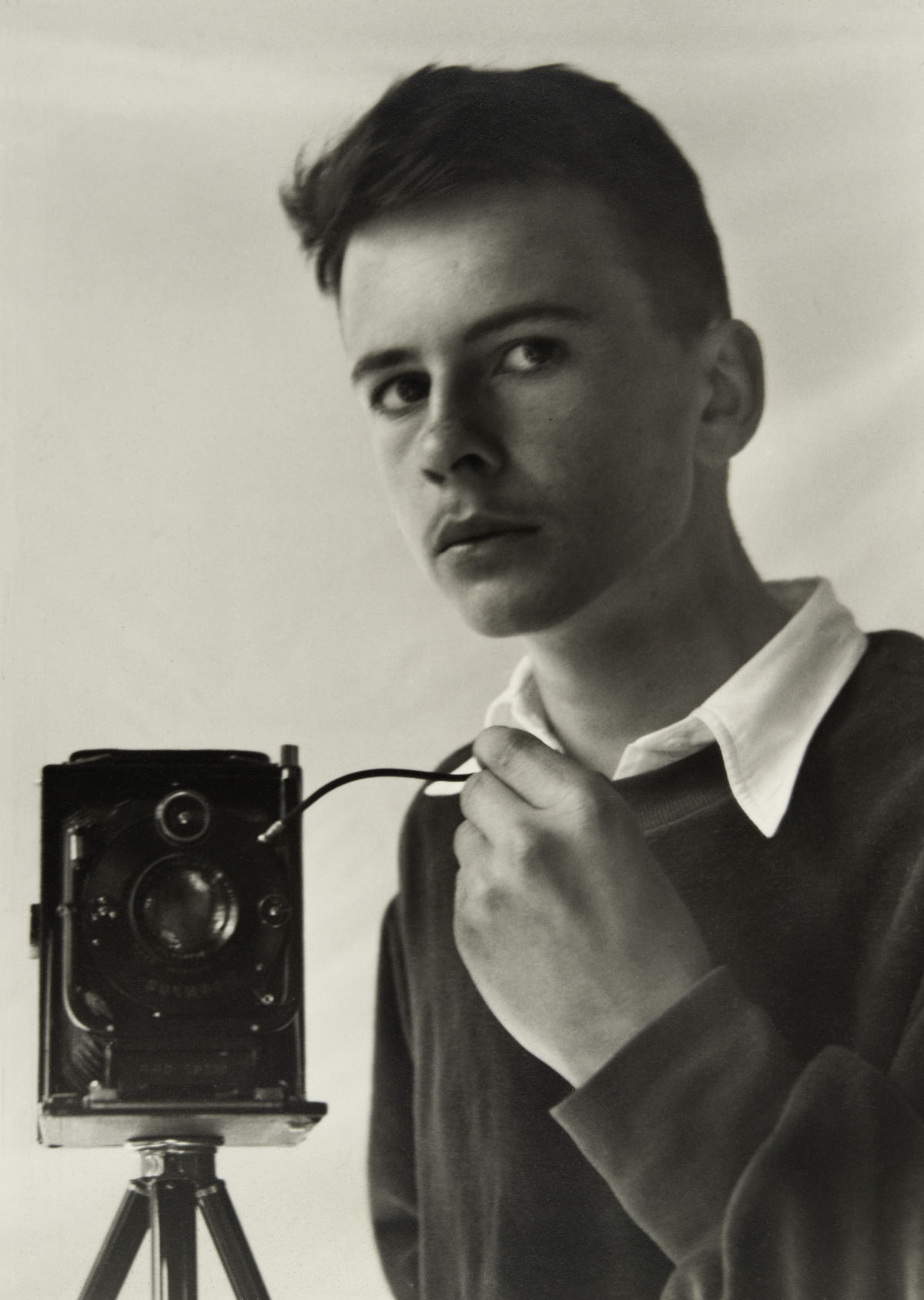
![dance scene on the Ile Saint-Louis in Paris, taken during the ‘Quatorze Juillet’ [Bastille Day] celebration in 1958.](https://www.bygonely.com/wp-content/uploads/2024/04/Johan_van_der_Keuken_photography_3.jpg)
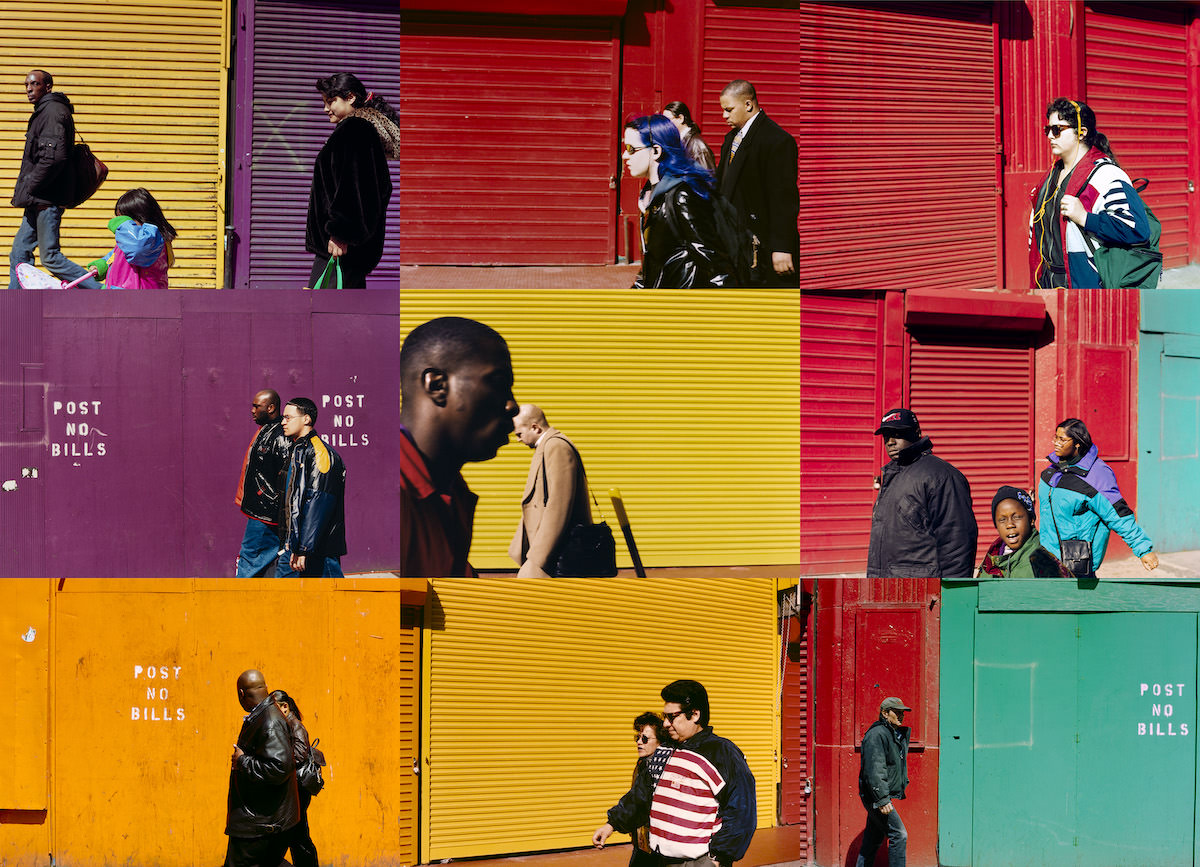
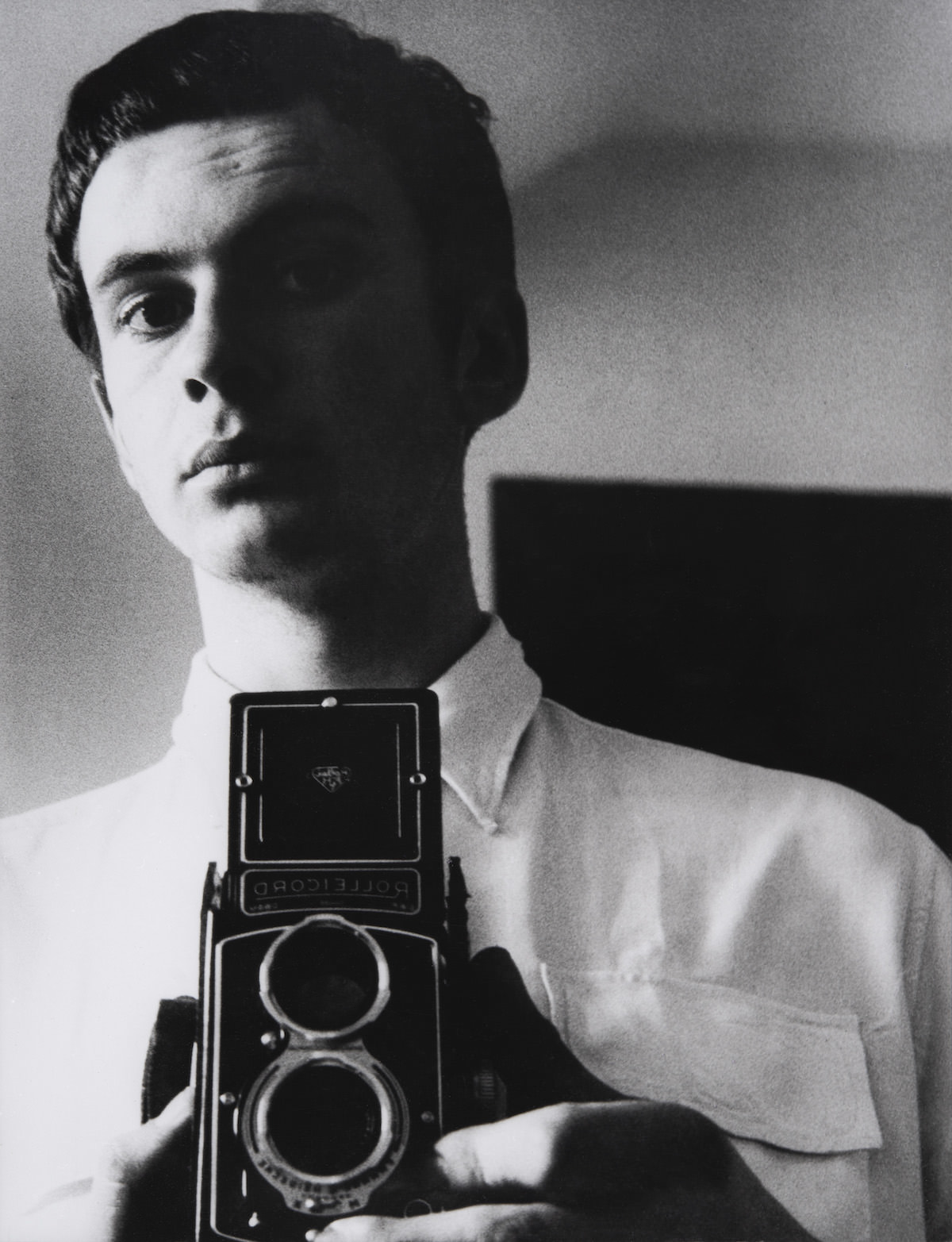
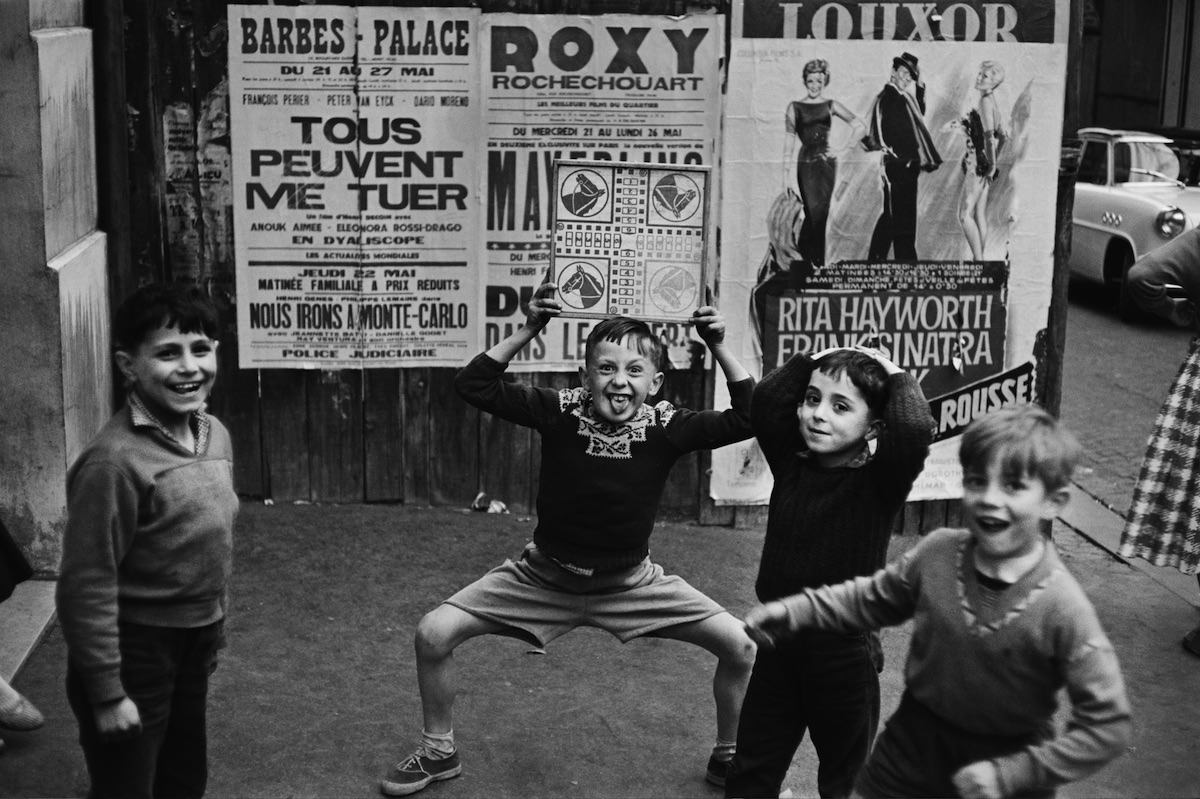

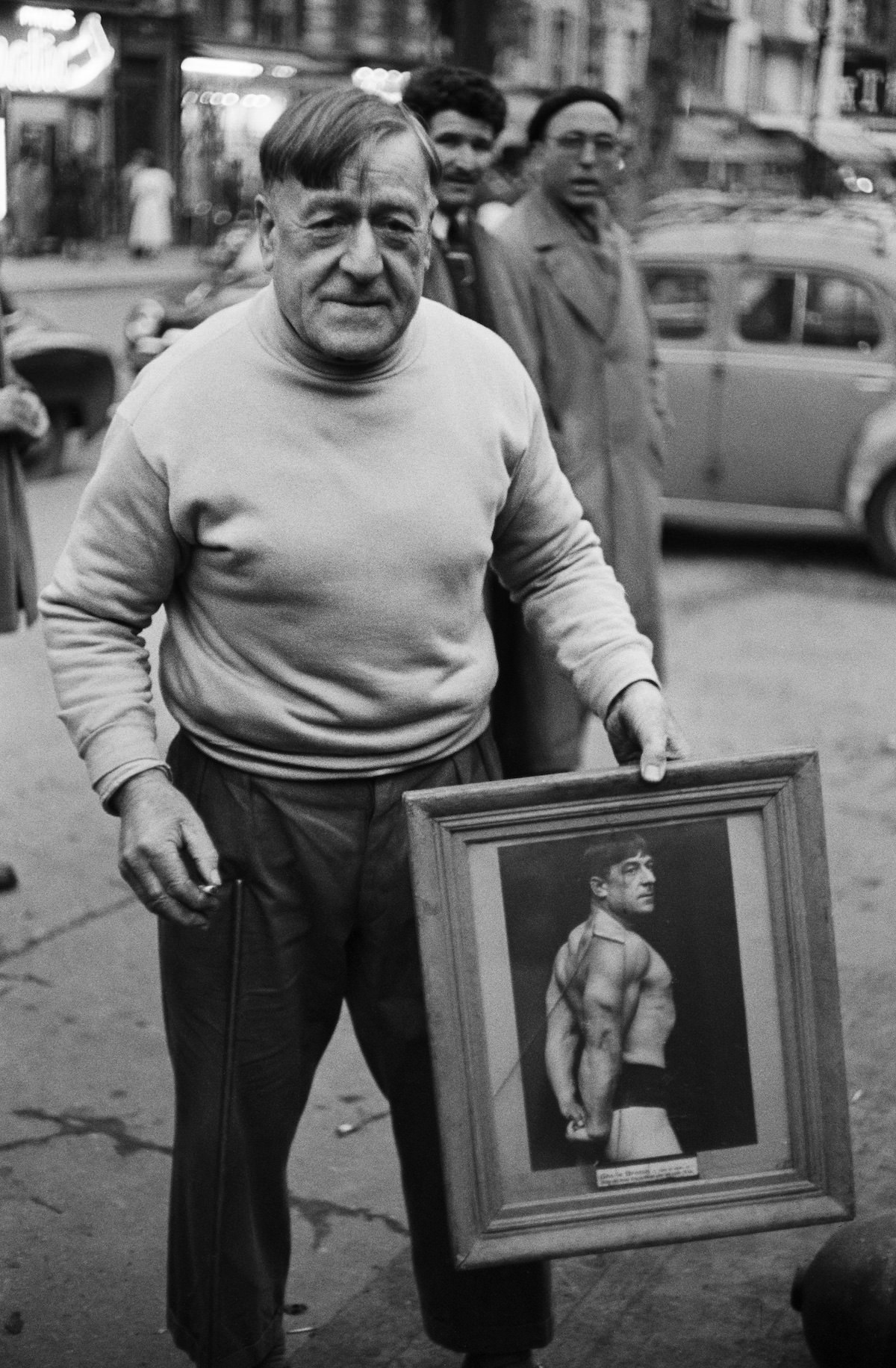
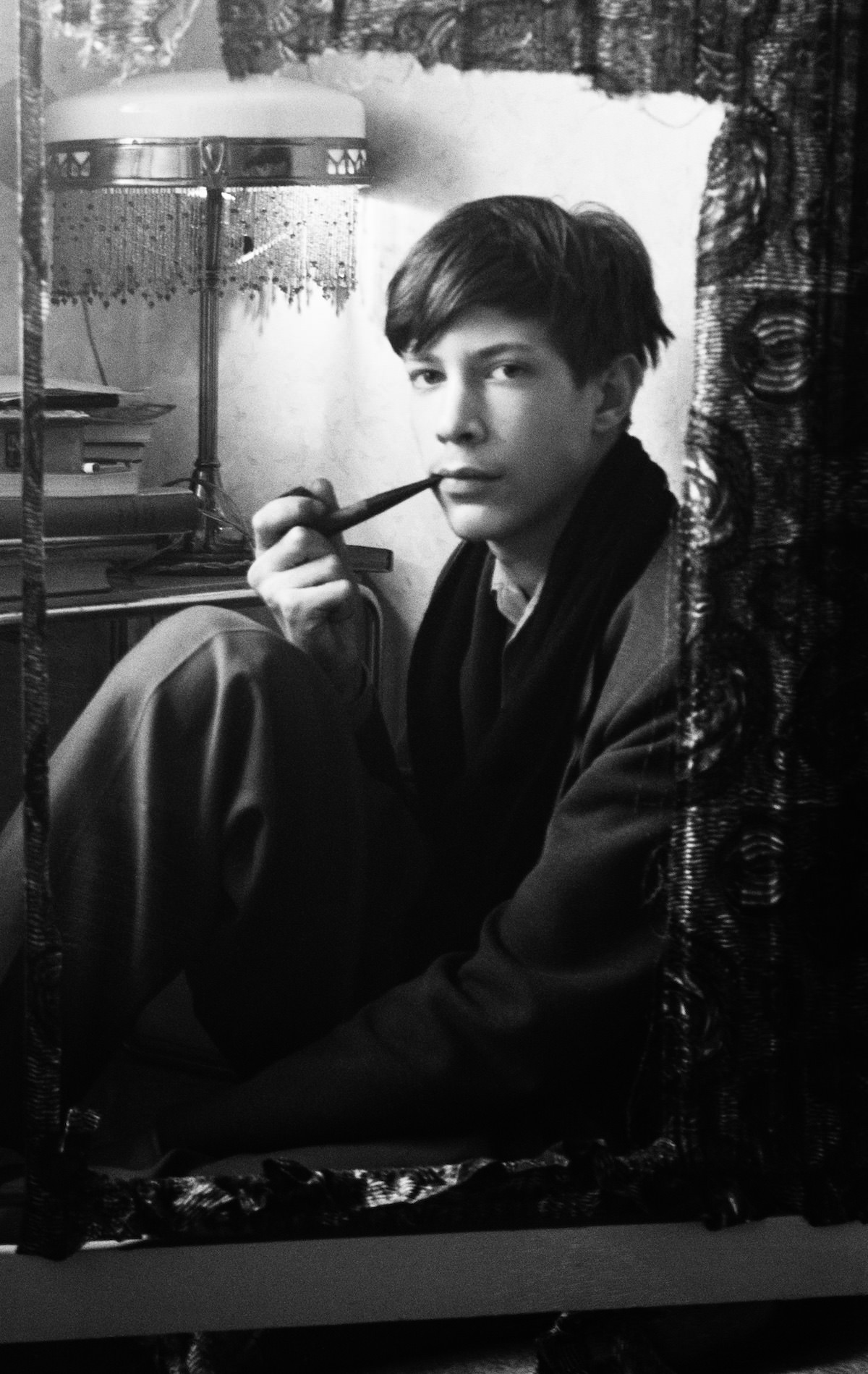
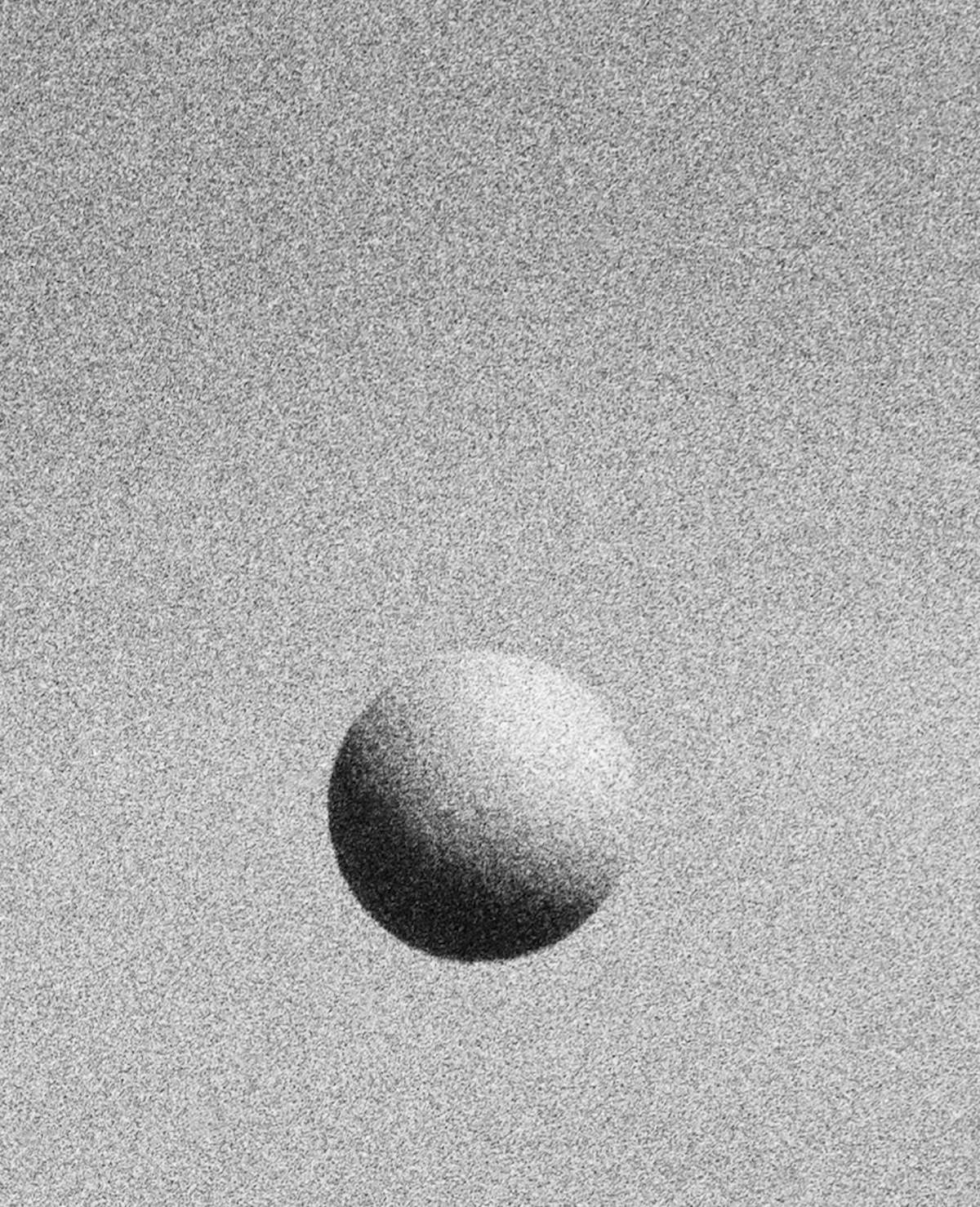
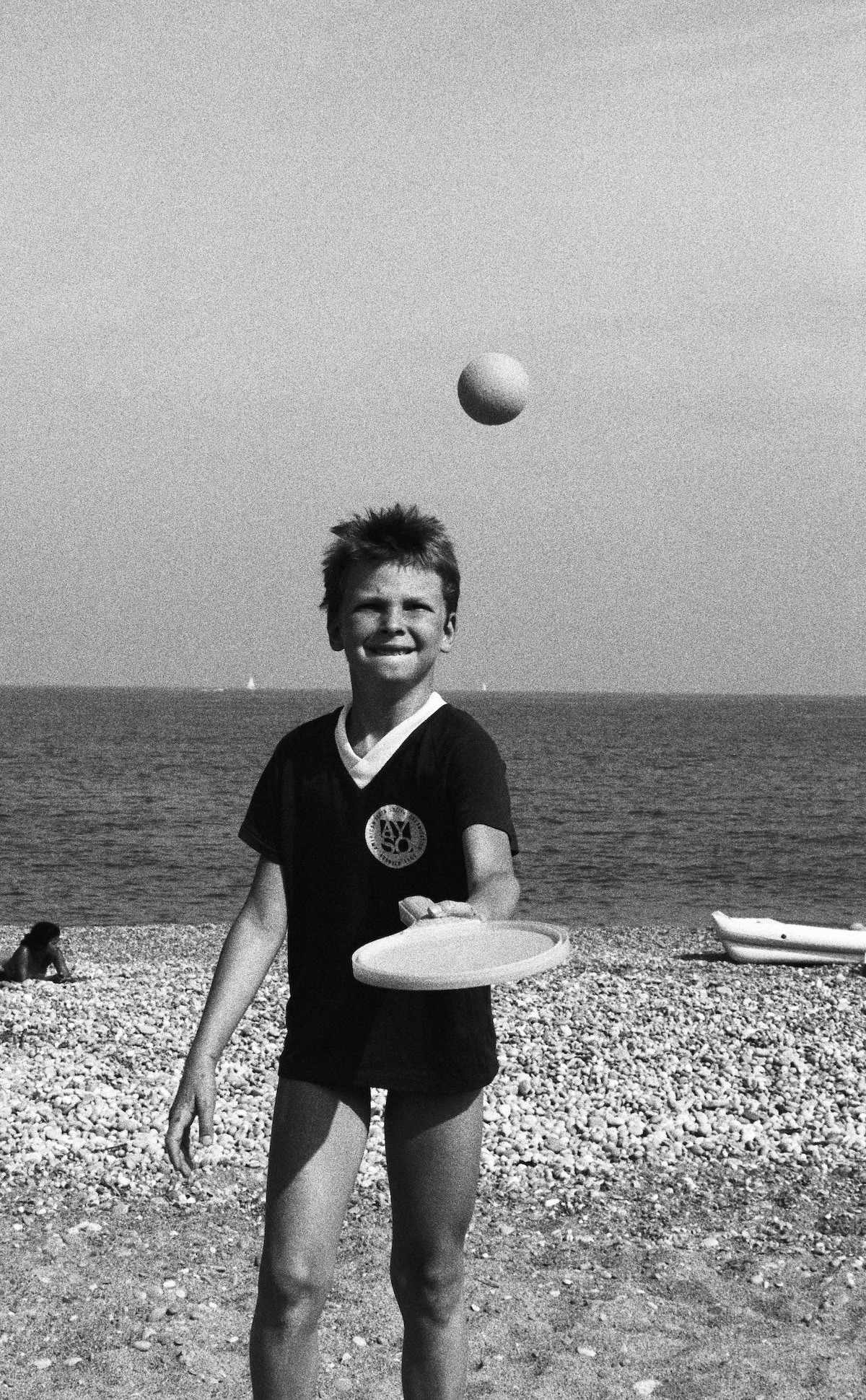
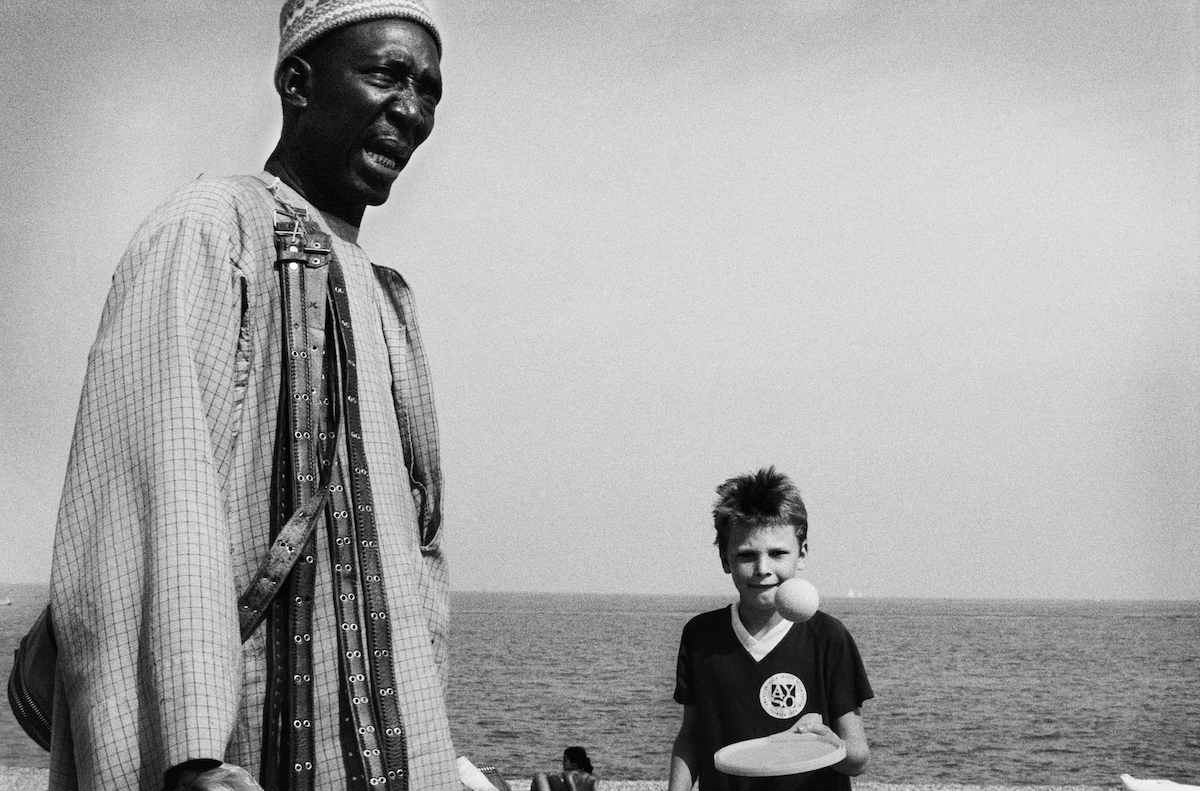
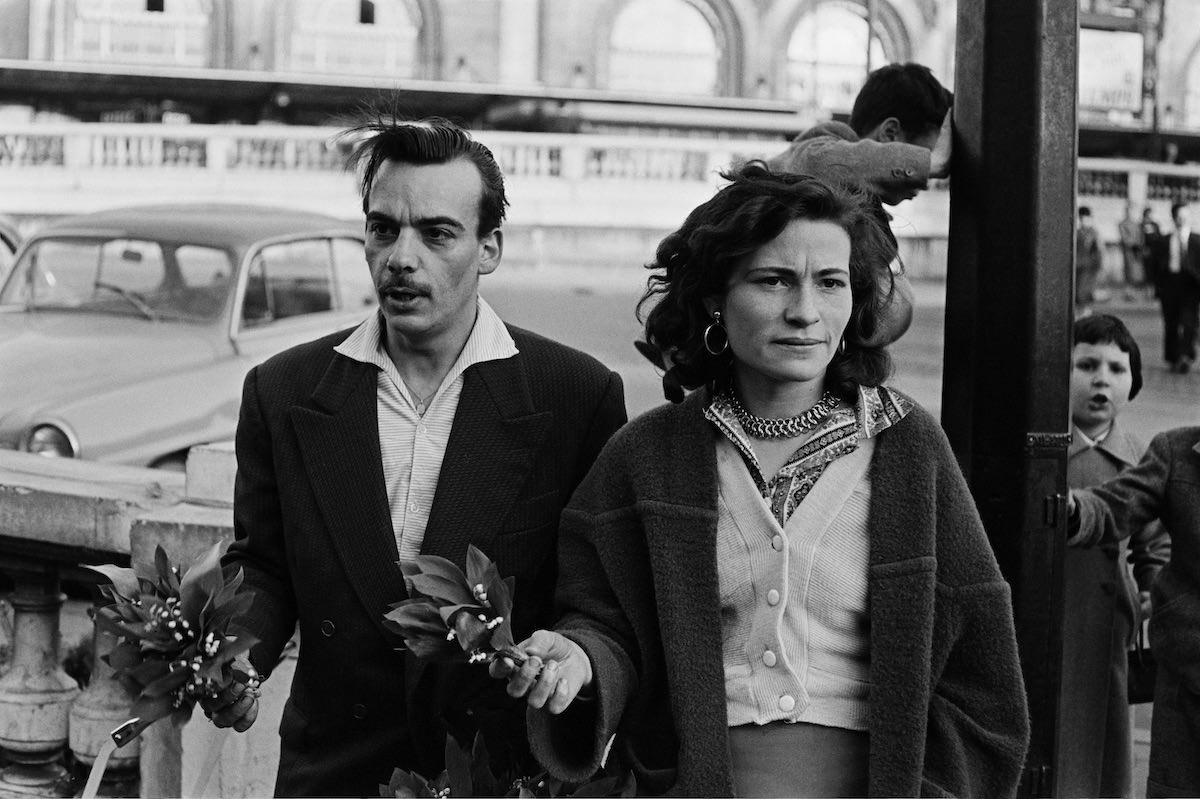
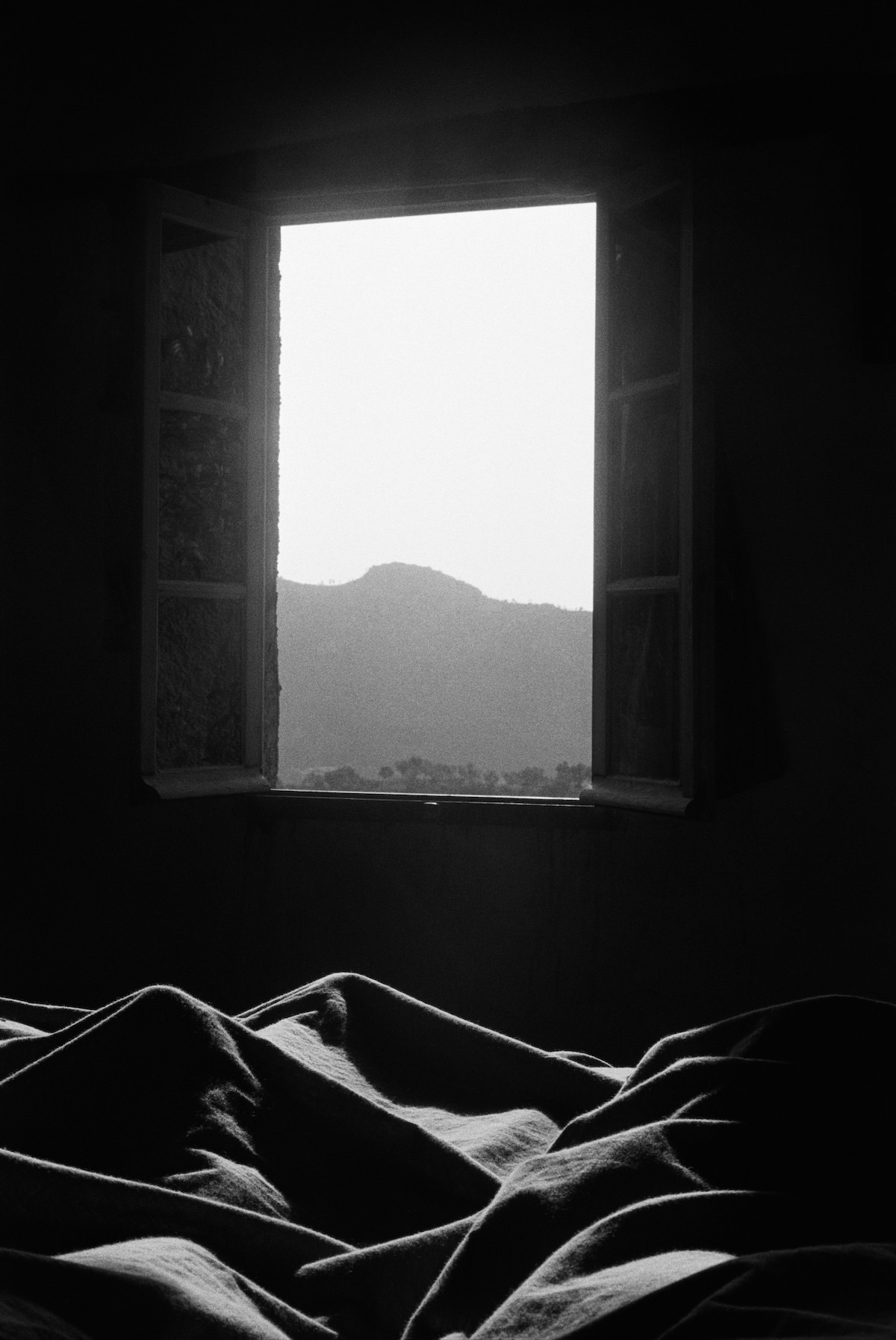
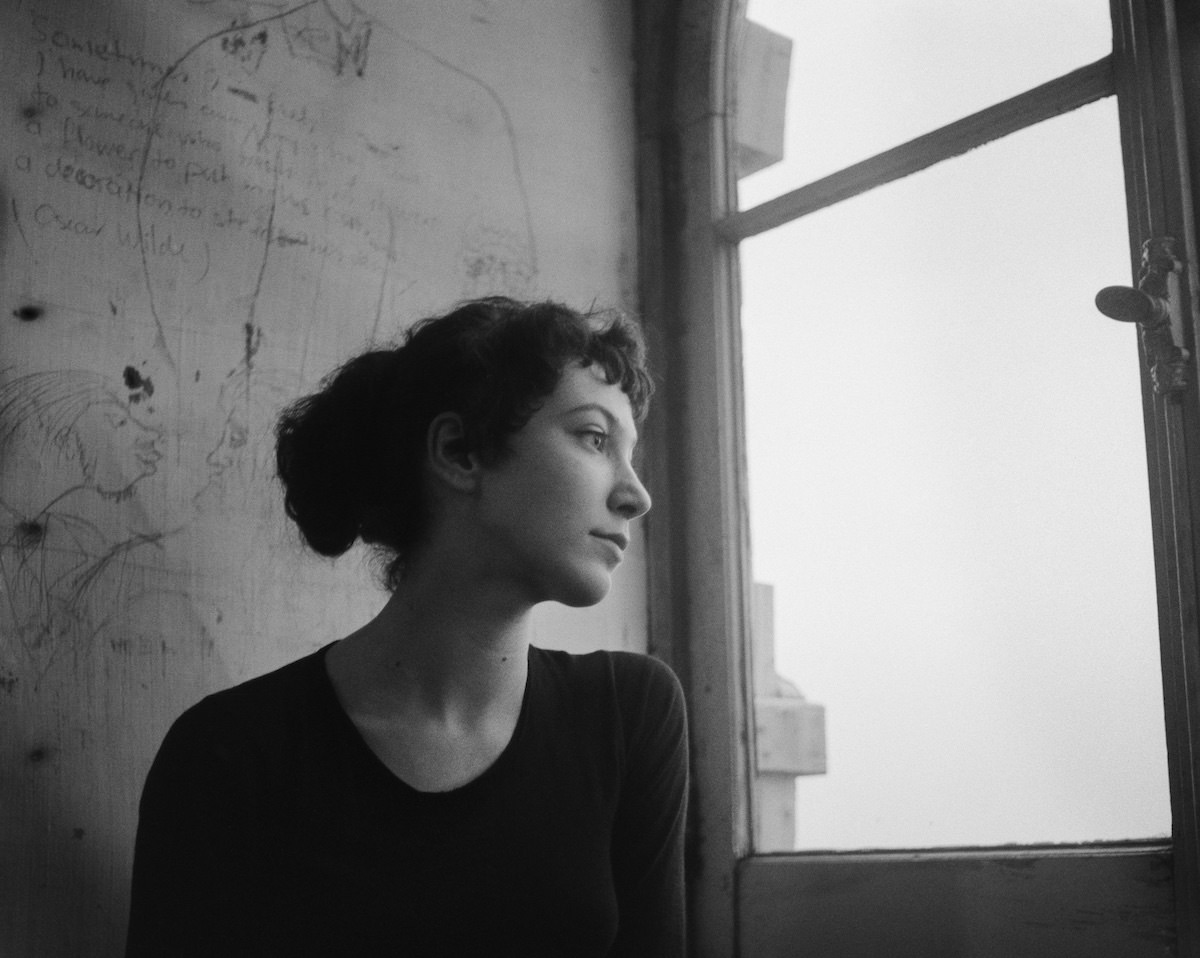
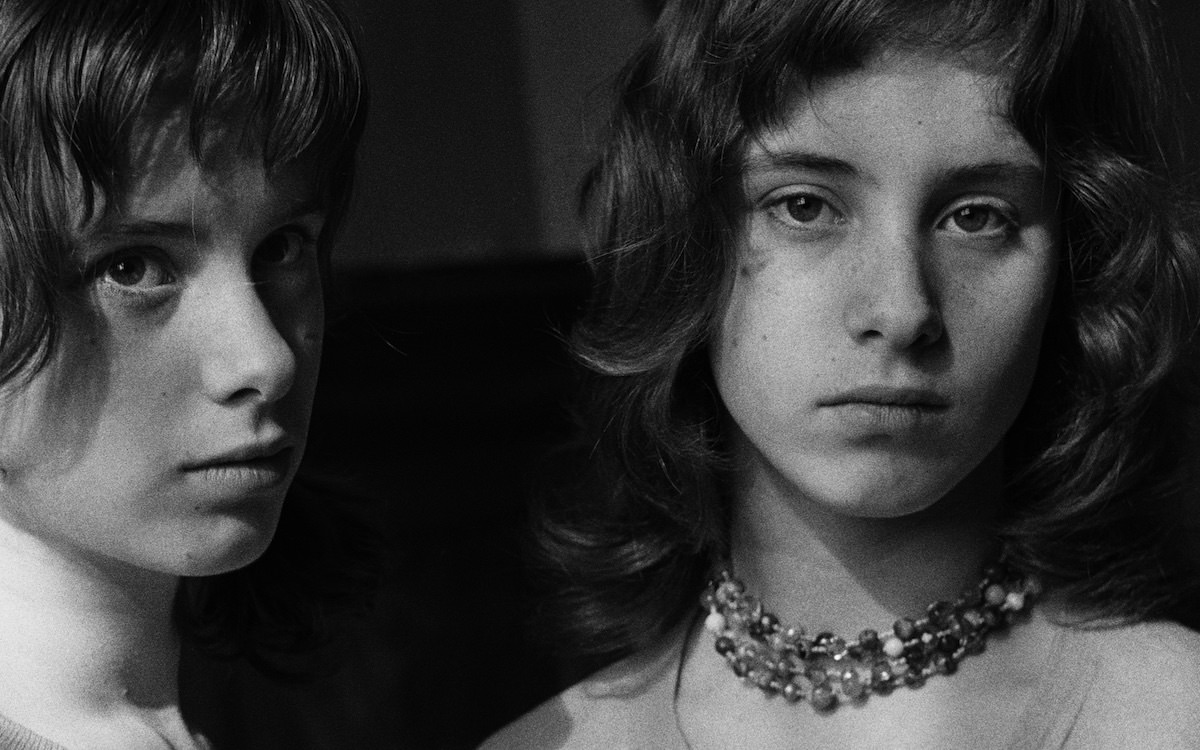
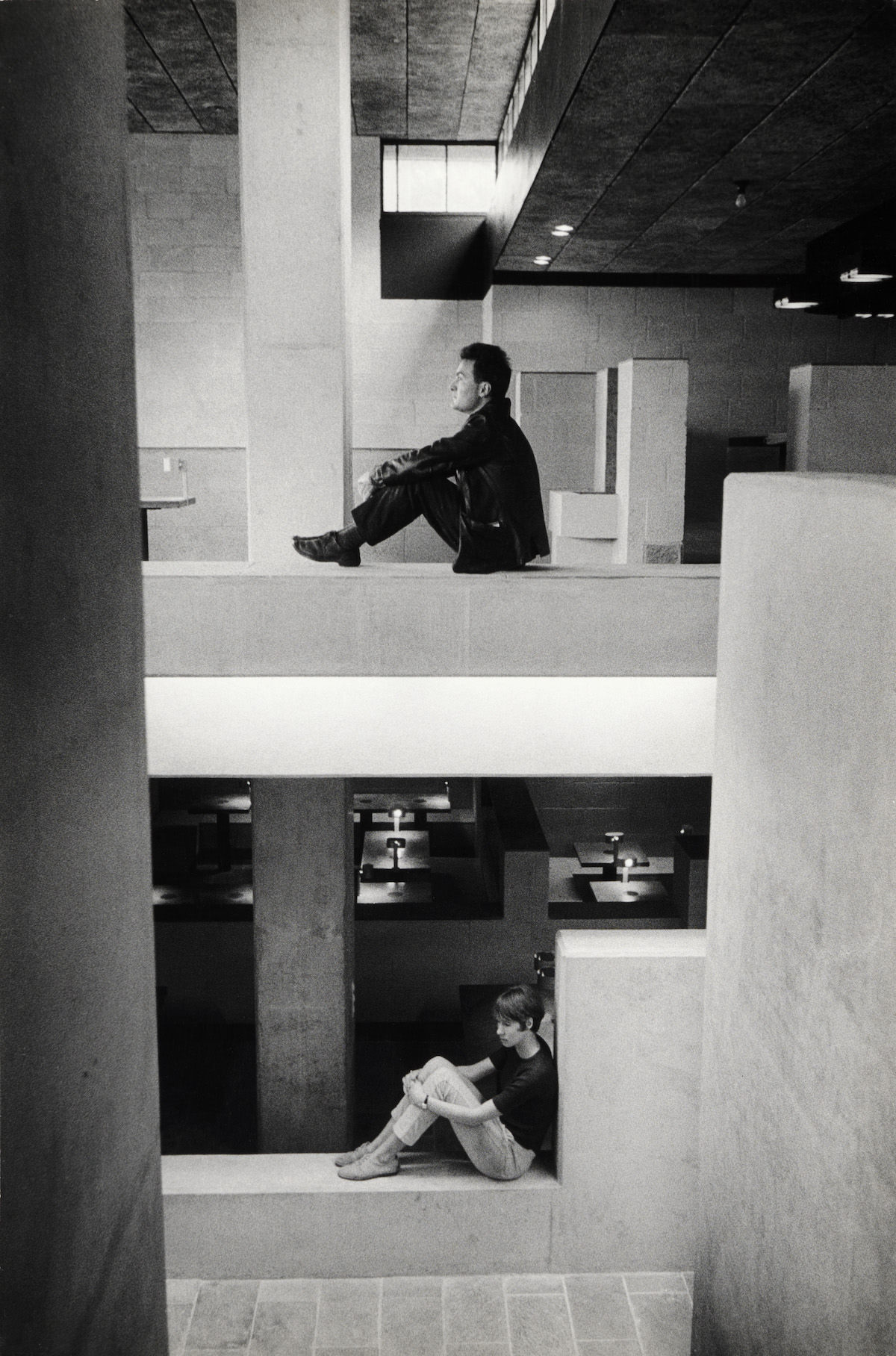
![Dancing scene on the Ile Saint-Louis in Paris, taken during the ‘Quatorze Juillet’ [Bastille Day] celebration in 1958.](https://www.bygonely.com/wp-content/uploads/2024/04/Johan_van_der_Keuken_photography_18.jpg)
